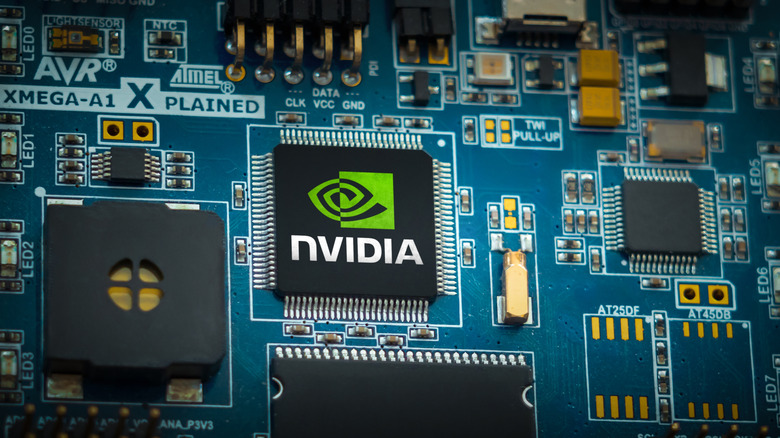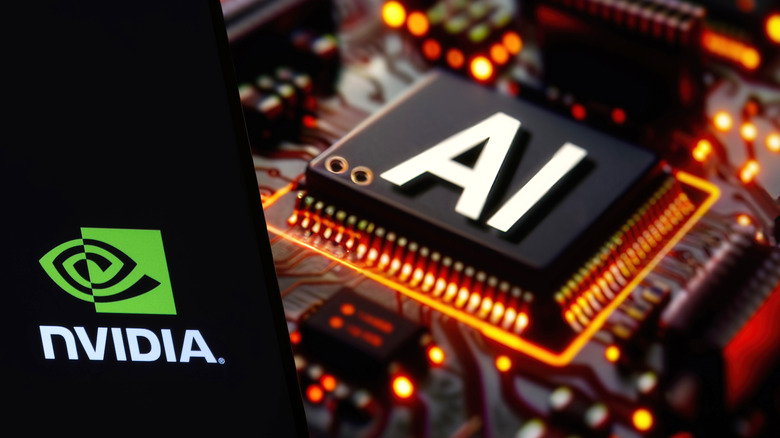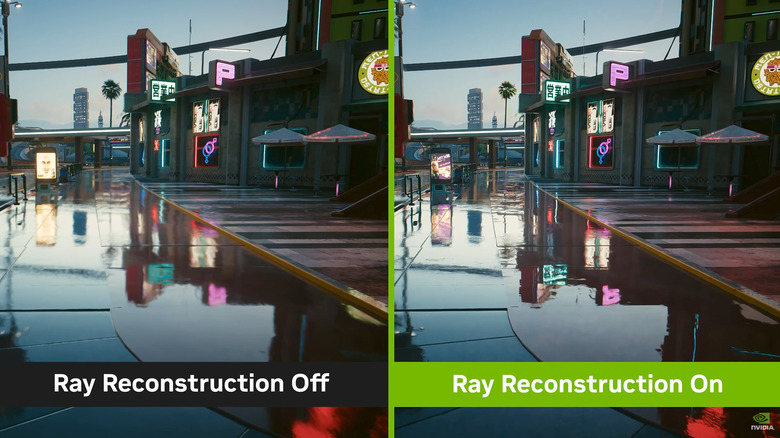CUDA Cores And Tensor Cores: What Are They, And Do You Need Them For Gaming?
CUDA and Tensor Cores are some of the most prominent specs on an NVIDIA GPU. These cores are the fundamental computational blocks that allow a GPU to perform a bunch of tasks such as video rendering, graphics processing, machine learning, and more. While both cores are essential to a GPU's function, they cater to specific use cases.
You can think of the CUDA Cores as versatile workhorses that execute all the tasks typically associated with a graphics card and more. These cores work on the principle of parallelism, meaning they break a task into thousands of subtasks for faster processing. On the other hand, Tensor Cores are adept at performing specific calculations that make them perfect for machine learning applications.
That said, NVIDIA has also leveraged the Tensor Core for its AI wizardry in games through DLSS. The Tensor Cores also come in handy for ray tracing and the way it works, as well as real-time video upscaling with NVIDIA's Video Super Resolution (VSR), among the many other perks they offer. Let's dive right into how these GPU cores work and understand how they affect your gaming experience.
Understanding CUDA and Tensor Cores
During the early days of GPUs, they were primarily used for tasks that you typically associate them with — rendering graphics and visuals. GPUs worked by dissecting a task into multiple subtasks, making them ideal for graphic rendering. However, researchers at NVIDIA realized that a GPU could also assist with certain computational tasks beyond graphics. That's when NVIDIA unveiled Compute Unified Device Architecture (CUDA), a platform that allowed developers to tap into a GPU's cores for computational tasks. The CUDA cores are the basic processing blocks that execute the CUDA instructions.
A typical CPU can have anywhere from one to 128 cores, however, most modern NVIDIA GPUs flaunt thousands of CUDA Cores. While CPUs are great at handling sequential tasks, the CUDA Cores shine the brightest when handling tasks that benefit from parallel computation, such as machine learning and data processing, due to the high number of cores.
That said, NVIDIA realized calculations related to machine learning applications could be highly accelerated with specialized cores and introduced Tensor Cores in 2017. Tailored to quickly perform mixed-precision matrix multiply-accumulate (MAC) operations, which are vital to deep learning applications, Tensor Cores have played a pivotal role in speeding up developments in AI.
Tensor Cores are the backbone of NVIDIA's DLSS
Tensor Cores have played a huge role in making NVIDIA the stock market darling it is today. Apart from becoming a backbone for developments in AI, these Tensor Cores have also been at the center of many of NVIDIA's latest offerings to gamers. NVIDIA launched Deep Learning Super Sampling (DLSS) in 2018, which utilized the GPU's AI capabilities to render additional frames, making the gameplay smoother. The best NVIDIA graphics cards now use CUDA Cores to conventionally render graphics while the Tensor Cores polish the final output with AI features.
Since its launch, DLSS has greatly evolved with each iteration, adding more AI wizardry to your gaming experience. Multi Frame Generation (MFG) on the latest version of DLSS, exclusive to 50 series cards, can generate up to three artificial frames between two conventionally rendered frames, offering much higher FPS while gaming. Another way DLSS improves gaming performance is by upscaling the rendered frames to a higher resolution using DLSS Super Resolution.
For this, the CUDA and Tensor Cores work in tandem to generate and upscale the image, respectively, rendering better quality visuals. Additionally, DLSS-supported cards perform much better at ray tracing by using NVIDIA's dedicated RT Cores.


